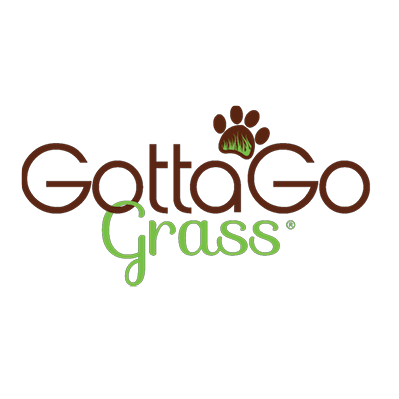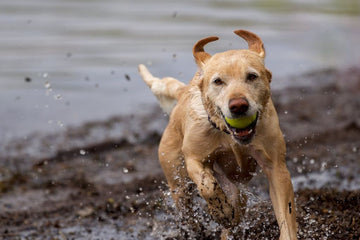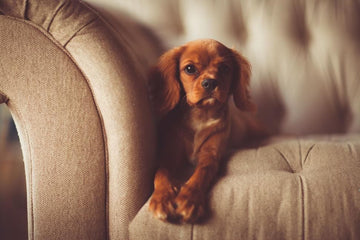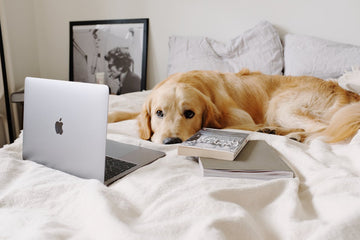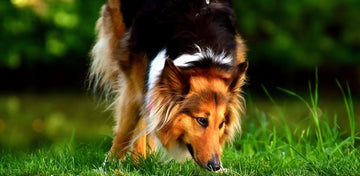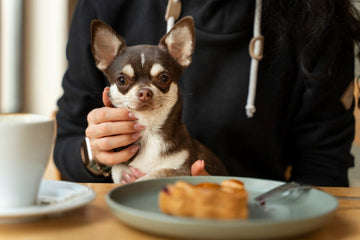
In the past, the idea of dining with dogs was met with skepticism and, in many places, outright disapproval. However, as pet ownership continues to rise, more and more restaurants now offer outdoor dining spaces where pet owners can enjoy a meal with their furry companions. This shift aims to cater to the needs of pet lovers and attract customers looking for a relaxed and enjoyable dining experience with their dogs. But, as with any change in societal norms, dining with dogs comes with responsibilities—particularly when respecting the comfort of other diners and the business itself.
When you take your dog to a public place like a restaurant, it's essential to follow the often unspoken dog-owner etiquette so your dog is acceptable and that other guests are not inconvenienced. Good manners for you and your dog are key to making this experience enjoyable for everyone.
Are Dogs Allowed in Restaurants?
Generally, dogs are not permitted in establishments that sell prepared food, including restaurants, coffee shops, and bars. This rule may be a matter of law or a self-imposed policy by the business itself. However, dog-friendly dining spaces are becoming more common, where pets can relax without disrupting other patrons. Many food businesses now offer outdoor seating, allowing dog owners to enjoy their meals while their dogs lounge nearby. These al fresco spaces are designed to accommodate pet owners and their furry friends.
It’s important to note that service animals are an exception to these policies. Federal laws grant service animals access to most public spaces, including restaurants, as long as they are well-behaved and do not disrupt the establishment. Unlike regular pets, service animals are not subject to the same restrictions but are expected to adhere to general standards of appropriate behavior in public spaces.

7 Dog Etiquette Tips for Dining with Pets
Even when dining at a pet-friendly restaurant, it’s important to be considerate of others. Just because a restaurant allows dogs doesn’t mean that your dog’s behavior will not affect the dining experience of other guests.
1. Check Pet Policies
For responsible dog ownership, check pet policies before bringing your dog along for your daily coffee run or a meal out. These policies vary widely by location, and local governments may set additional ordinances. In 2006, Florida became one of the first states to enact a law on dog policies. This allowed local governments to create ordinances regarding dogs and restaurant owners to apply for permits to allow dogs in outdoor areas. These ordinances often come with specific guidelines, such as keeping dogs on leash at all times and prohibiting dogs from sitting on tables, chairs, and other furnishings.
2. Be Considerate and Respect Non-Dog Lovers
Not all outdoor spaces are dog-friendly, and even restaurants with open-air sections may have restrictions on pets. Before bringing your dog along, ensure you are familiar with the establishment’s policies and respect them. Ignoring no-pet rules places employees in an uncomfortable position and may also disrupt other diners who prefer not to be seated near a dog.
While many people adore dogs, it’s important to remember that not everyone feels the same way. Some individuals have allergies, past traumatic experiences, or simply prefer to keep their distance from pets. Be considerate by ensuring your dog does not intrude on others' boundaries and avoid forcing interactions with it.
3. Use a Leash
Even if your dog is well-behaved, remember to always keep them on a leash when dining in public. Leash laws exist to protect dogs and the people around them. A leash keeps your dog from getting into potentially dangerous situations, such as running toward traffic or encountering other dogs that may not be friendly. It also helps reassure diners who may be nervous or have had negative experiences with dogs. A leash provides control and ensures that your dog stays by your side, reducing the chance of accidents or unpleasant encounters.
4. Clean Up After Your Dog
As a good dog owner, it's up to you to be attentive to your dog's bathroom needs. Always carry waste bags and immediately clean up after your dog to maintain a clean and pleasant environment—no one wants to dine near or step in dog waste.
Equally important is recognizing your dog’s cues—sniffing, circling, or becoming restless. If you notice these signs, calmly take your dog from the dining area to an appropriate bathroom spot. Being proactive prevents accidents and demonstrates consideration for the restaurant's cleanliness and the comfort of fellow diners.
5. Encourage Good Behavior
Just as children need guidance, dogs require consistent training to understand what’s acceptable in public spaces. If your dog begins barking excessively, jumping on others, or misbehaving in any way, address it immediately to prevent reinforcing poor behavior. Calmly remove your dog from the outdoor dining area if they seem overwhelmed or triggered by their surroundings, such as other dogs or loud noises.
Incorporating positive reinforcement is an effective way to encourage good behavior. Reward your dog with treats, praise, or gentle petting when they remain calm and well-behaved, especially in stimulating environments. This approach helps your dog associate good manners with positive outcomes, reducing the chances of acting out as a barking dog or becoming disruptive.
6. Teach Proper Greetings
A friendly dog is great, but it's crucial to teach your dog to greet others politely. Encourage your dog to sit and wait before meeting new people, and never let it jump on or nip at others. Proper greetings ensure that your dog is seen as friendly and well-mannered, making the experience pleasant for everyone.
7. Keep Your Dog in Good Health and Well-Behaved
Training your dog is essential to maintaining good public behavior, but health also plays a key role. A healthy dog is more likely to be well-behaved, less anxious, and less likely to cause trouble. Regular vet checkups, vaccinations, and proper care will keep your dog in peak condition, ensuring they are pleasant to be around. If you’re struggling with training or behavior issues, consider seeking professional help from a dog trainer. They can help address behavioral challenges and teach your dog the social skills necessary for a positive dining experience.
When to Leave Your Dog at Home
While many establishments have become more dog-friendly, there are still times when it’s best to leave your dog at home. Not every restaurant or public space is suitable for dogs, and specific circumstances may require you to reconsider bringing your pup along. If your dog is anxious, has health concerns, or tends to get overstimulated in public spaces, it’s better to leave them at home where they can relax.
Some situations where it might be better to leave your dog at home include:
-
Long Wait Times: If the restaurant has long wait times and you’re unsure how your dog will behave, it’s better to leave them at home.
-
Busy or Crowded Venues: Dogs may become anxious in loud or crowded environments. If you’re dining at a restaurant that’s likely to be packed, consider skipping the outing with your pet.
-
Hot Weather: Outdoor spaces can become uncomfortable in extreme heat, which could risk your dog’s health.
For situations where it's better to leave your dog at home, consider alternatives like indoor dog potty grass, such as Gotta Go Grass pads. These natural grass pee pads allow your dog to relieve themselves indoors, providing them comfort while you're away. Made from real grass, they reduce the risk of confusion for your dog, helping them distinguish appropriate bathroom areas and ultimately reducing accidents at home. Grass pads are also long-lasting and can serve as either a primary or temporary bathroom solution, making them a convenient and hygienic option for pet owners in various situations. Read our guide on how to train your dog to use Gotta Go Grass pads for more insights.

Final Thoughts
Dining with your dog can be an enjoyable and rewarding experience when done with care and respect for other patrons and the establishment. Following basic etiquette, such as checking pet policies, using a leash, cleaning up after your dog, and being mindful of others, helps ensure everyone has a pleasant time.
Remember, your dog is a reflection of your behavior as an owner, and taking the time to train them and keep them healthy will make public outings more enjoyable. Ultimately, knowing when it’s best to leave your dog at home and having alternatives like Gotta Go Grass pads for dogs can make all the difference in creating a stress-free dining experience.
